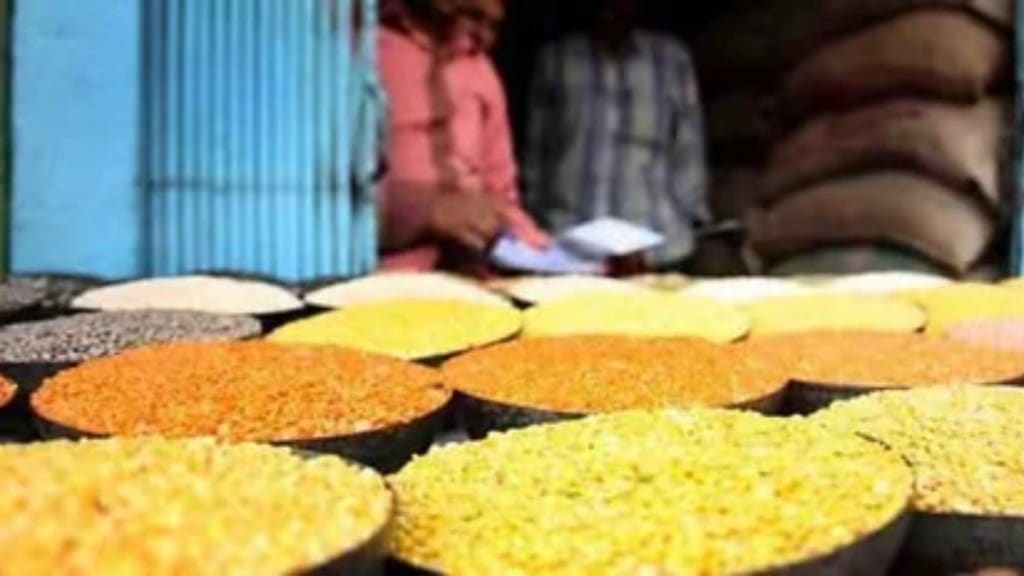As arrivals have picked up, prices of kharif crops namely tur, maize, soybean, groundnut and cotton are ruling above minimum support price (MSP) by 3-68% at the agricultural produce marketing committee (APMC) yards across the country.
Officials said that prices are ruling above MSP for these pulses and oilseeds because of robust demand and domestic shortfall in the production.
They said the government is aiming to increase domestic supplies of pulses varieties and oilseeds through a liberalised imports regime.
“While the import duty for urad and tur varieties have been made duty-free till March 31, 2024, domestic market prices ruling above MSP would incentivize farmers for increasing output next season,” an agriculture ministry official said.
Only coarse cereals such as bajra (pearl millet) are ruling 13% below MSP while the prices of non-basmati paddy are varying across the states depending on varieties while a chunk of common variety of paddy grown in the country is purchased by government agencies under MSP operations.
According to data sourced from several APMCs, mandi prices on Wednesday of tur in Gulbarga, Karnataka, was quote on an average Rs 11,800/quintal against the MSP of Rs 700/quintal for the 2023-24 kharif season.
Traders say that with the arrivals picking up pace in Maharashtra and Karnataka by next couple of weeks, mandi prices may decline but will be ruling significantly above MSP of Rs 7000/quintal for the rest of the year because of domestic shortfall in output and sluggish imports.
Inflation in pulses in October rose to 18.7% on year from 16.38% in September while arhar variety of pulses reported a price rise of 40.94% last month.
The soybean mandi prices in the Madhya Pradesh market were 9% above the MSP at Rs 5000/quintal. Trade sources said that although a chunk of crop has already arrived in the mandis, farmers are still holding onto some stock in anticipation of better prices.
Mandi prices of groundnut in Gujarat, the largest producer of oilseeds variety, is currently 10% above MSP at Rs 7000/quintal which is likely to remain at the same level in next couple of months.
‘Mandi prices reflect the demand and supply scenario as rising demand of several crops such as pulses, oilseeds and cotton have pushed up prices above MSP which would help farmers in getting higher returns,” P K Joshi, agricultural economist & former director, south Asia, International Food Policy Research Institute (IFPRI), told FE.
Bajra prices in Rajasthan markets were 13% below the MSP of Rs 2500/quintal indicating bumper output against the demand.
The agriculture ministry in its the first advance estimate of kharif crops production for 2023-24 season (July-June) last month had stated that the country’s rice production is likely to decline by 3.7% to 106.3 million tonne (MT) compared to same season last year while tur output is projected at 3.4 MT at the same level as previous year.
However there has been variations in projection of output of soybean and groundnut by the agriculture ministry and trade sources. The soybean processors association of India has projected output for 2023-24 oil year (October-September) at 11.9 MT while the govenrnment has estimated output at 11.51 MT.
